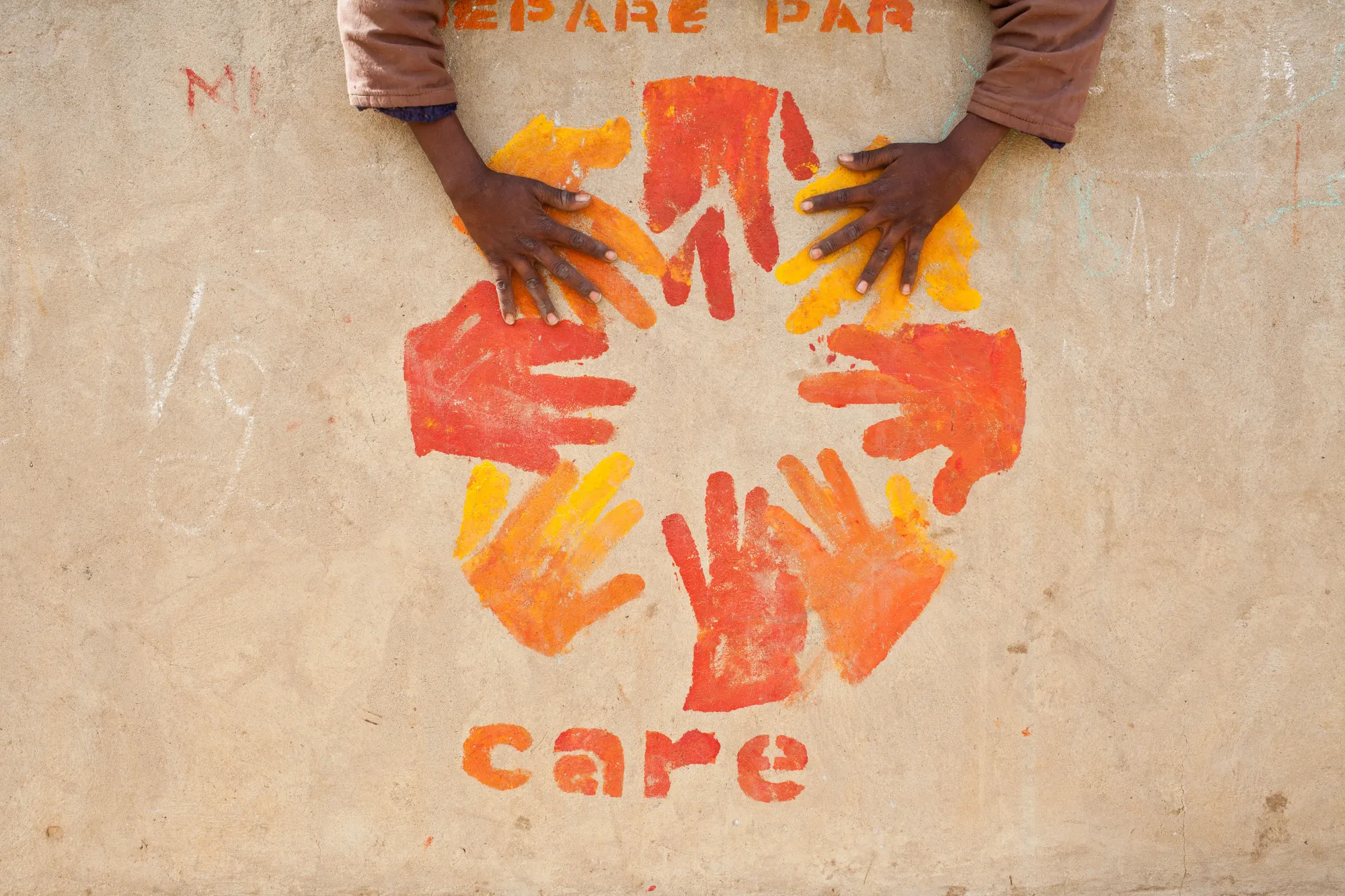ATLANTA, GA., SEPTEMBER 15, 2023 – A new report just released by CARE examined hunger around the world through the lens of global inequality. Among its key findings – that gender inequality is both a factor exacerbating the food crisis and that addressing it is a foundational solution to improving global food security.
The report also found that economic development without investments in gender does not equate to improved food security. Instead, when an economy grows without improvements in equality, hunger increases. In fact, in places with high inequality, the faster GDP grows, the faster food insecurity rises.
“CARE’s analysis of data across 113 countries suggests that improving GDP is not enough to solve the global food crisis unless we can also address the rising inequality crisis—especially gender inequality. In addition to the disproportionate impact of food insecurity on women and girls, there is a substantial body of research showing that advancing gender equality could enhance food security,” said Emily Janoch, Associate Vice President for Thought Leadership and Design at CARE.
In 2022, more than 735 million people in the world were hungry. That’s 1 in 11 people worldwide, and 121 million more people hungry than before the COVID-19 crisis. Moreover, the impacts of the conflict in Ukraine, climate change, and skyrocketing food and fuel prices are continuing to impact food security around the world.
Some countries did see improvements in 2022, but relative global stability in the aggregate numbers of hungry people is masking rapidly growing inequality —especially in Africa and the Middle East where hunger and food insecurity grew. In sub-Saharan Africa, nearly 20% of people are food insecure, compared to a global average of 9.2%.
From the perspective of gender, there are 84.2 million more women and girls than men and boys facing food insecurity. While the 2022 gender food gap narrowed in some regions that had severe COVID shocks in 2021—like Asia and South America, it grew in most the rest of the world, including large parts of Africa, Southeast Asia, and the Middle East. This was also true for North America, and Europe.
The report also revealed that in 57 countries, GDP, and food insecurity both grew since the pandemic, challenging assumptions arounds approaches that aim to solve the hunger crisis exclusively through an economic and supply chain focus, versus an approach focused on equality according to Janoch.
“In many cases, GDP growth is concentrating wealth for the richest people. When wealth and income are not available to people who are facing food insecurity, or who are right on the cusp of it, especially women, economic growth stops being a tool to address hunger and food insecurity,” said Janoch.
The full Growth Is Not Enough: Solving the Global Hunger Crisis Requires Investments in Gender Equality report can be accessed here.
For media inquiries, please contact: Anisa Husain, CARE US Press Officer via: anisa.husain@care.org

